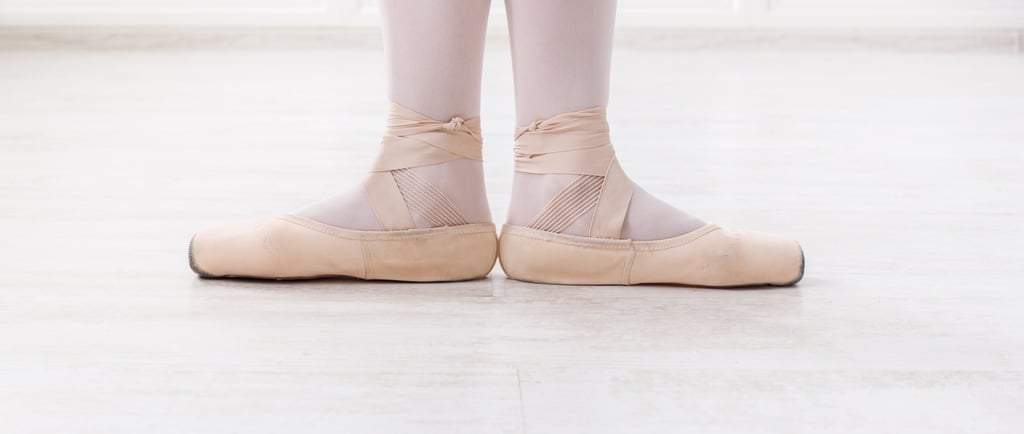Tips for Intermediate and Advanced Ballet Dancers to Improve Speed and Quality
For intermediate and advanced ballet dancers, improving speed and quality is crucial. Here are practical tips and examples to enhance your timing, precision, and flow.
BELLET 201
Mrs. DL
11/8/20242 min read


1. Practice Quick Direction and Position Changes
- Multi-Angle Spotting Practice: For combinations with rapid direction changes, consistent spotting helps stabilize balance. In a piqué combination, practice spotting “front, side, and back” to improve control. Quick, directional spotting minimizes dizziness and stabilizes your center.
- Cross-Angle “Front-Side-Back” Practice: Use rapid tendu or jeté exercises to practice front, side, and back directions. For example, switch every 4 counts: first 1-2 counts to the front, 3-4 to the side, and continue alternating. Repeated directional shifts build agility and faster response times.
2. Enhance Fluidity and Synchronize Breath
- Use Breath to Smooth Continuous Movements: In faster sequences, controlled breathing helps keep movements fluid. In petit allegro, exhale during each jump’s lift and inhale upon landing. This rhythm reduces fatigue and adds continuity.
- Practice “Inhale-Exhale” Rhythm for Longer Phrases: In extended sequences, such as adagio, inhale as you extend, and exhale on the close or return. Synchronized breathing ensures stability and prevents unnecessary tension.
3. Layered Training to Speed Up Muscle Response
- Break Movements into Smaller Counts: Segment complex movements into smaller counts to speed up reaction time. In assemblé, first practice jumping on “1” and closing on “2.” Gradually shorten the count to achieve “jump and close” on 1 count, enhancing muscle memory.
- Frequent Small Movement Practice: For frappé or petit battement, start slow to build control, then increase frequency. Begin with one frappé per beat, then accelerate to one every half beat. This drill strengthens lower leg muscles for high-speed movement.
4. Build Core Strength for Stability
- Core Conditioning Exercises: Engage in planks or pilates roll-ups to boost control. A strong core provides the stability needed for fast turns or jumps and prevents unsteady movements.
- Focus on Core Stability in Combinations: Tighten your core during quick direction changes to stabilize the upper body. For example, during chaînés, maintain core engagement to keep the torso steady as you turn.
5. Adapt to Music and Understand Rhythm Variations
- Practice with Different Rhythmic Counts: For petit allegro or grand allegro, experiment with various speeds and rhythmic patterns. Try completing jumps in 2 counts, then in 1 count, to help your muscles adapt to different tempos. This builds musical sensitivity, ensuring smooth movement transitions.
- Use “Pre-Count” to Find Rhythm: Utilize introductory beats to prep for the sequence. For example, in glissade combinations, count the pre-beats to prepare for the downbeat. Familiarity with the pre-count ensures that you start on time and in sync with the music.
These methods help intermediate and advanced dancers improve their agility, musicality, and coordination, making complex combinations more effortless and refined.
DancingLoving - your non profit association for holistic wellbeing
mrs.dancingloving / Mrs. DL


Spotify: community music & podcast sharing
WhatsApp: open community
Instagram: mrs.dancingloving
LinkedIn & Facebook: stay tuned!
Newsletter: sign in in "contact"
